class k fires include
These types of fires can only be effectively quenched with a Class K fire. The main types of fire extinguishers include A A-B-C B-C and K.

Abcs Of Fire Extinguishers Fire Prevention Services The University Of Texas At Austin
Its a dry chemical extinguisher that sprays a fine powder.

. The appropriate extinguishers used to tackle a Class E fire include CO2 or a dry powder extinguisher. A Class K fire is defined as a cooking fire involving combustion from liquids used in food preparation. Specifically they are a type of liquid fire.
These types of fires are a concern in restaurant services but also in homes. A Class B fire uses a flammable liquid or gas as its fuel base. Class K fires arise from flammable liquids used for cooking like vegetable and animal fat-based oils and greases.
Electrical equipment appliances and wiring in which the use or a nonconductive. These liquid cooking materials include. When Class K elements reach a high.
Common liquid based fuel sources include petroleum based oils and paints kerosene and gasoline. There are four classes of fires. Water is not the best for Class K fires but misty water can be a good suppressantFoam.
Class K fires are cooking fires that come about from liquid combustion. Flammable liquids such as alcohol ether oil gasoline and grease which are best extinguished by smothering. Class K fires or kitchen fires include high-power appliances combine that with highly flammable cooking oils.
Extinguishers with a K rating are designed to extinguish fires involving vegetable oils animal oils or fats utilized in commercial cooking appliances. Class A Fires consist of ordinary combustibles such as wood paper trash or anything else that leaves an ash. Class B Fires are fueled by flammable or combustible liquids which include oil gasoline and other similar materials.
Extinguishers with a K rating are designed to extinguish fires involving vegetable oils animal oils or fats utilized in commercial cooking appliances. Class K Class K fires involve vegetable oils animal oils or fats in cooking appliances. Fire blankets are often used in kitchens if the fire is small enough to.
Class K fire extinguishers use special extinguishing agents that separate and absorb the heat elements of the fire the fuel oxygen and heat. Liquid cooking materials can include grease vegetable fat cooking oils and animal fats. Class K fires are categorized separately because of their unique setting and are instead associated with cooking liquids in the food service and restaurant industry.
Class K Fire Extinguisher Class K fires are fires with substances such as the animal and vegetable fats present in commercial cooking oils and greases. When these components ignite a fire you get a scorching hot fire not to mention the grease and oil can spread quickly and easily youre looking at a perilous fire emergency. Class K fire extinguishers also come in many.
To extinguish a Class D fire use a dry powder agent. Class B fires are a common hazard in industries dealing with fuels lubricants and certain types of paint. They are one of the more dangerous fires to combat and they are common in commercial kitchens.
Ordinary solid combustibles such as paper wood cloth and some plastics. The most common type of fire extinguisher is A-B-C. A class K fire extinguisher is used to control fires involving cooking media such as oils fats and grease commonly found in cooking.
Class K Fires. Class F fires - Cooking oils. To extinguish these fires wet chemical fire.
Remove the power and the Class C fire becomes one of the other classes of fire. An extinguisher that is rated for use with multiple hazards should include a symbol for each. Class K fires involve vegetable oils animal oils or fats in cooking appliances.
Typical substances used to suppress fires includeWater Mist. What does a Class K fire include. If you are an avid cook in your home they are likely a hazard in your residential kitchen too.
Type A fire extinguishers use pressurized water to extinguish a fire. This absorbs the heat the fire requires to burn and smothers it as well. Class K fires involve vegetable oils animal oils or fats in cooking appliances.
Flammable gases such as butane or propane are also common fuel sources. Fire extinguishers are classified depending on the type of fire that they will extinguish. Class K fire extinguishers use special extinguishing agents that separate and absorb the heat elements of the fire the fuel oxygen and heat.
Water works best to extinguish a Class A fire. Most Class K fire extinguishers operate using a particular substance that turns oils into foamsFire Suppression Blanket. Class K fires similar to Class B fires occur as a result of the combustion of flammable liquids.
As their name suggests you can use these extinguishers on Class A B and C fires. Fires are classified by the types of fuel they burn. What is a Type K fire extinguisher used for.
Chapter 8 fire quiz. Technically a type of liquid fire Class K fires are distinct enough to warrant their own classification.

Classes Of Fire An In Depth Look At Fire Prevention
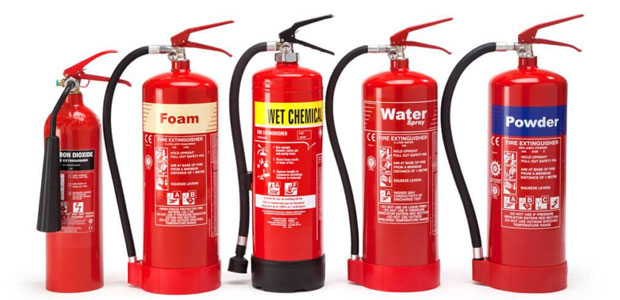
The Abcs Ds And Ks Of Fire Extinguishers Occupational Health Safety

Buckeye 6 Liter Class K Wet Chemical Fire Extinguisher Tagged Rechargeable Ul Rating 1a K Fire Extinguisher Extinguisher Chemical Fire Extinguisher

Fire Extinguishers Portable Osh Answers

Portable Fire Extinguishers Fire Extinguisher Uses Fire Equipment

What Are Fire Classes Integrated Fire Systems
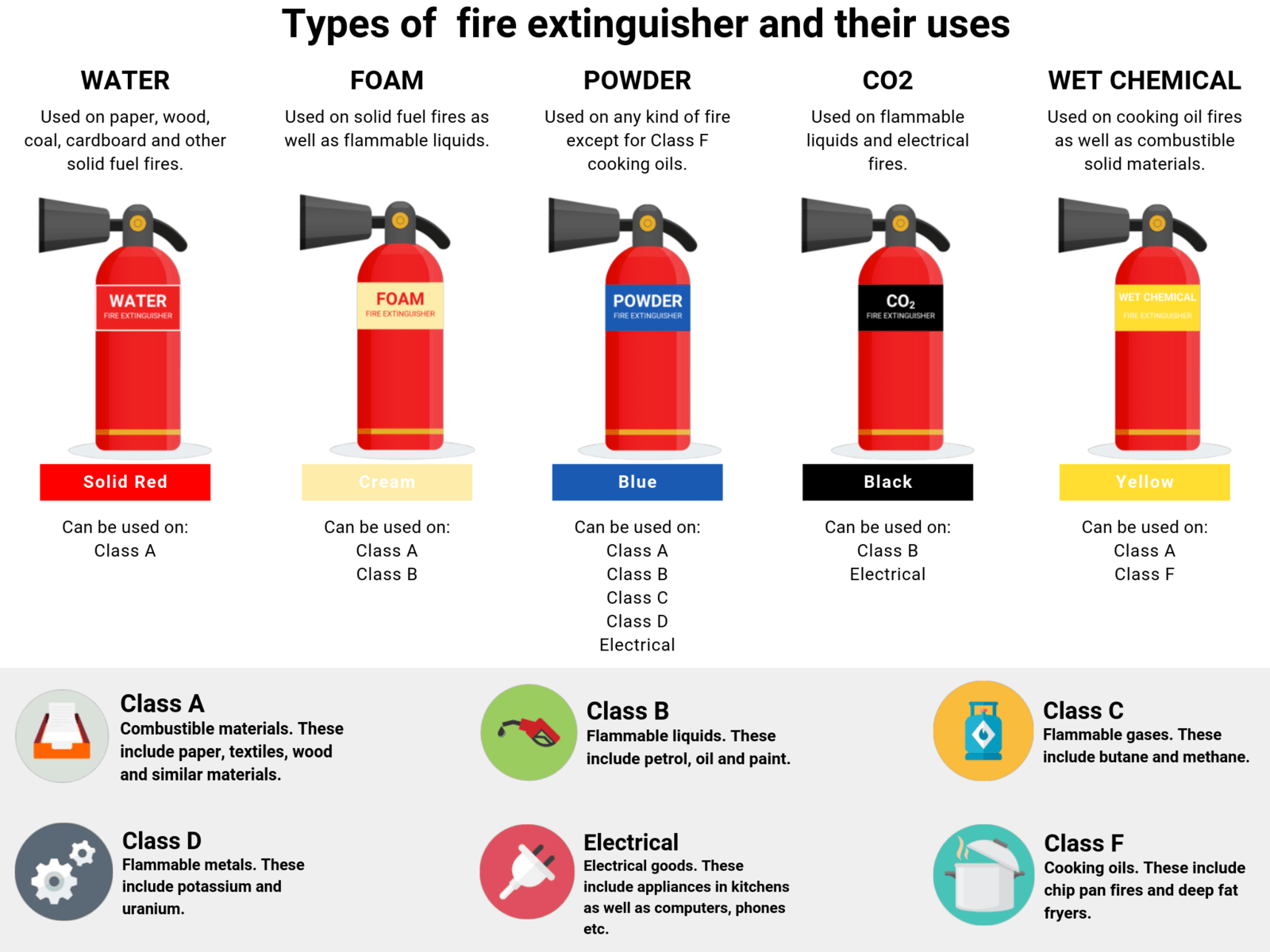
The Types Of Fire Extinguishers Classifications Water Foam Co2

Fire Extinguisher Maintenance And Inspection Internachi
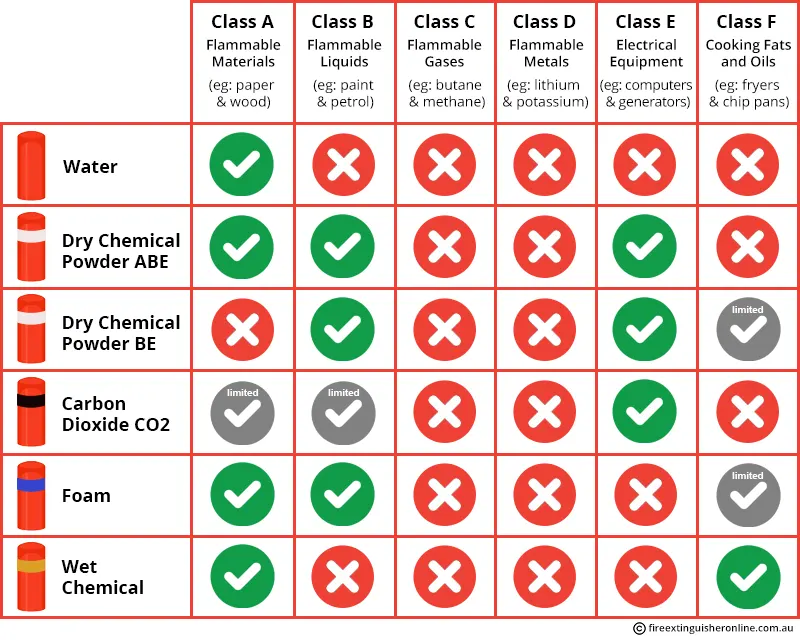
Fire Extinguisher Types And Fire Classes In Australia

Kitchen Class K Fires How To Fight Them
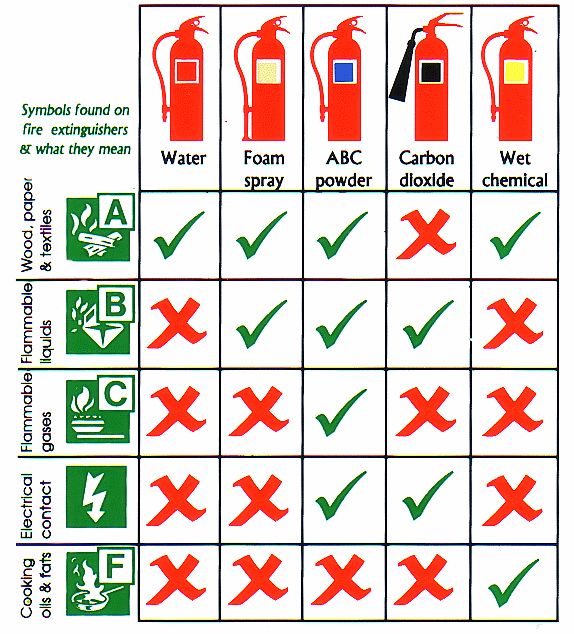
5 Types Of Fire Extinguishers A Guide To Using The Right Class

Guide To Fire Extinguisher Sizes Types Ratings

What Is A Class K Fire Extinguisher Used For

Fire Safety Airswift Safety Moment
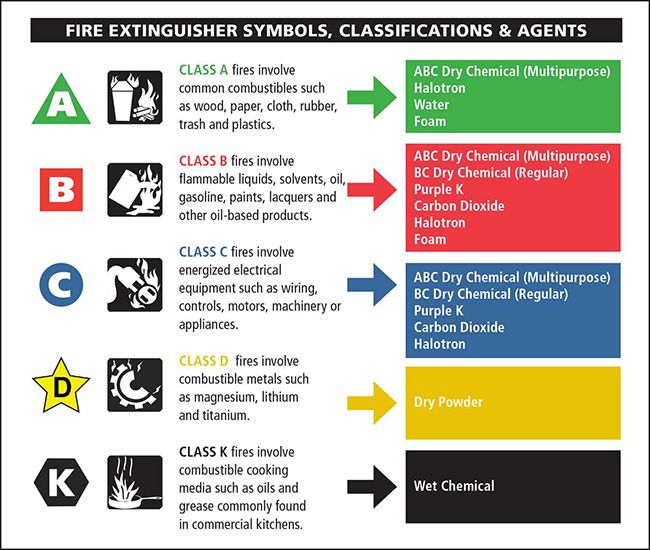
Types Of Fires Kidde Fire Safety

What Is A Class K Fire Extinguisher Used For
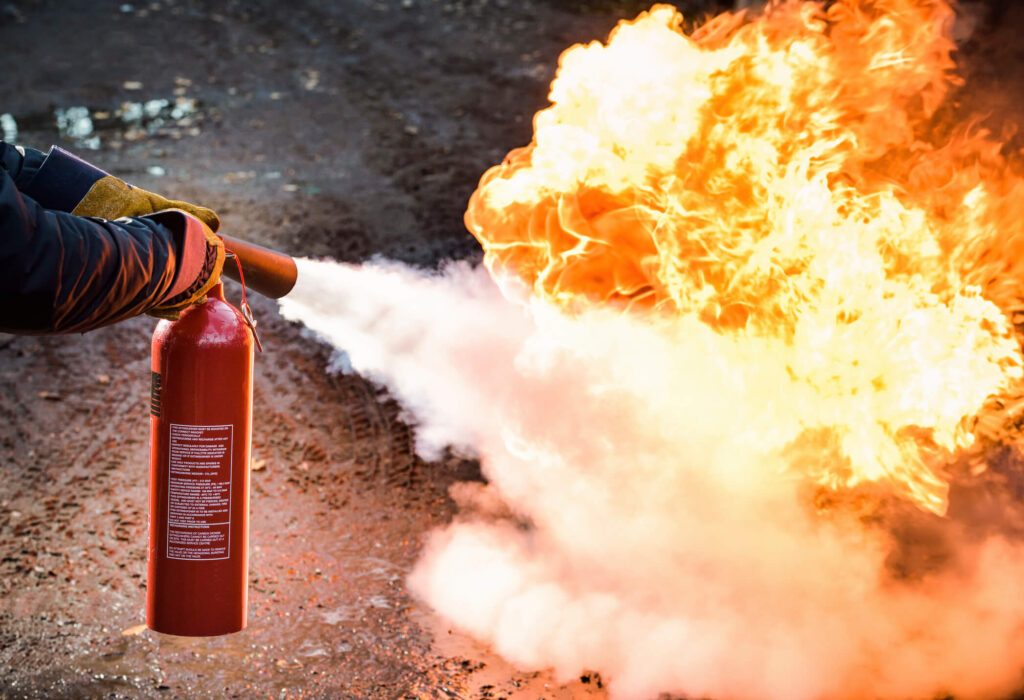
How Often Should You Inspect Fire Extinguishers Learn Best Practices Kpa

